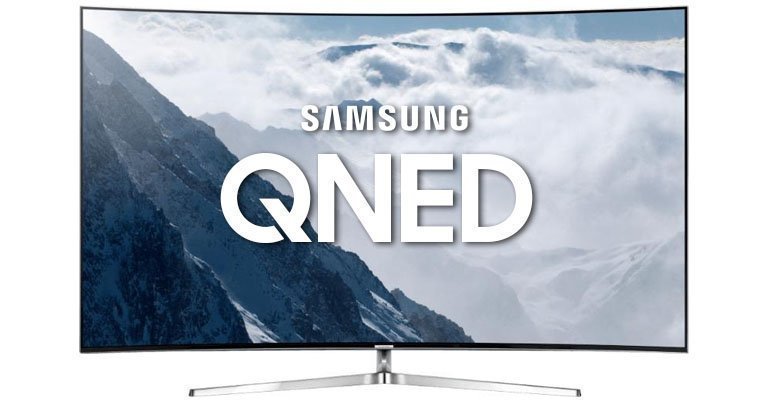Samsung Display is reportedly postponing its plans to do a pilot production run of next-generation quantum dot nanorod display panels.

Known as “QNED”, it’s a new display technology that officially stands for Quantum Nanorod Emitting Diode and is said to be superior to both the QLED and QD-OLED displays that Samsung Display currently manufacturers.
In fact, QNED is fairly similar to QD-OLED in many ways because it uses oxide TFT and quantum dot colour filters. The biggest difference lies in the material the pixels are made of, and the way the pixels are manufactured. Samsung Display creates its QNED pixels using an inkjet printing method, spraying nanorod LEDs that have been dispersed in a solution onto the pixel area of the display substrate. The pixels are then self-aligned using an electric signal.
Samsung Display reportedly has high hopes for its QNED technology, and has previously said that it will deliver superior contrast ratios, higher brightness and faster response times compared to the most advanced display technologies today, including OLED and Samsung's own incredibly expensive Micro-LED displays.
All well and good, but it could be some time before we see the technology arrive in a commercial TV. A report from The Elec this week says Samsung Display has decided to postpone a plan to install a pilot production line at one of its manufacturing plants.
The report said that Samsung Display had planned to install the pilot line at its Asan, South Korea plant in the first quarter of 2023. Last year, Korean media reported that Samsung Display had “wrapped up” its process for manufacturing QNED panels.
However, The Elec said the plans have now changed and that Samsung Display has disbanded the team charged with installing the pilot QNED production line. All team members have now been returned to their original posts, the report added.
It would appear that Samsung Display has hit a snag somewhere along the way, with the report explaining that the company is now expected to “redevelop core technologies related to QNED” at its research labs.
The delay means Samsung Display will have to push back its time frame for commercializing QNED by at least one year, The Elec added. The company had hoped to launch its first QNED displays in 2024 or 2025, so the new timeframe is now likely to be 2025 or 2026.
Samsung Electronics’ premium TV lineup will also be impacted by the plans, The Elec said. It was hoping to launch its first QNED TVs as soon as 2024 but that now looks all but impossible.
Meanwhile, Samsung Display has another headache as it weighs up what to do with its new QD-OLED display technology, which is being commercialized this year in new TVs sold by Samsung Electronics and Sony. So far it appears the first QD-OLED TVs have had a warm reception but Samsung Display’s production capability remains low, and it must decide soon whether or not to ramp up those capabilities.
Most likely it will expand production of QD-OLED, with recent reports elsewhere in the Korean media suggesting it will add 49-inch and 77-inch size options next year.